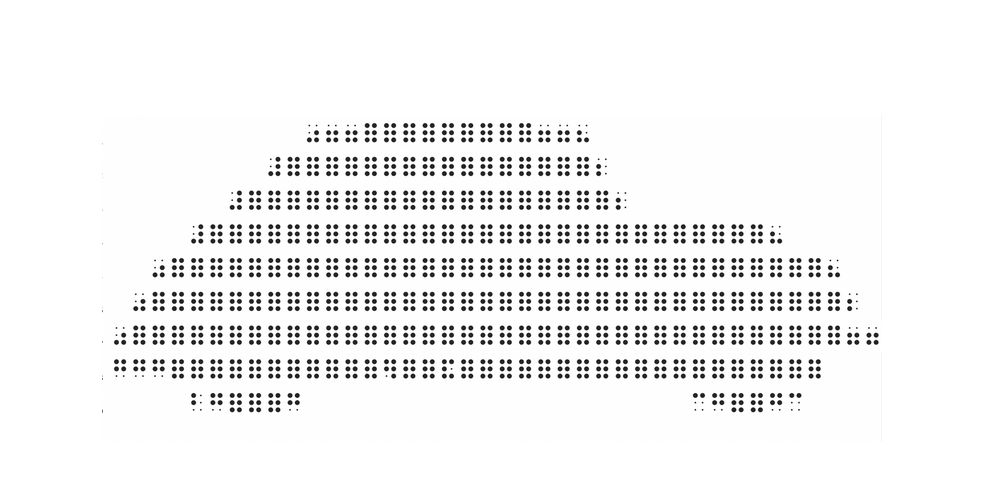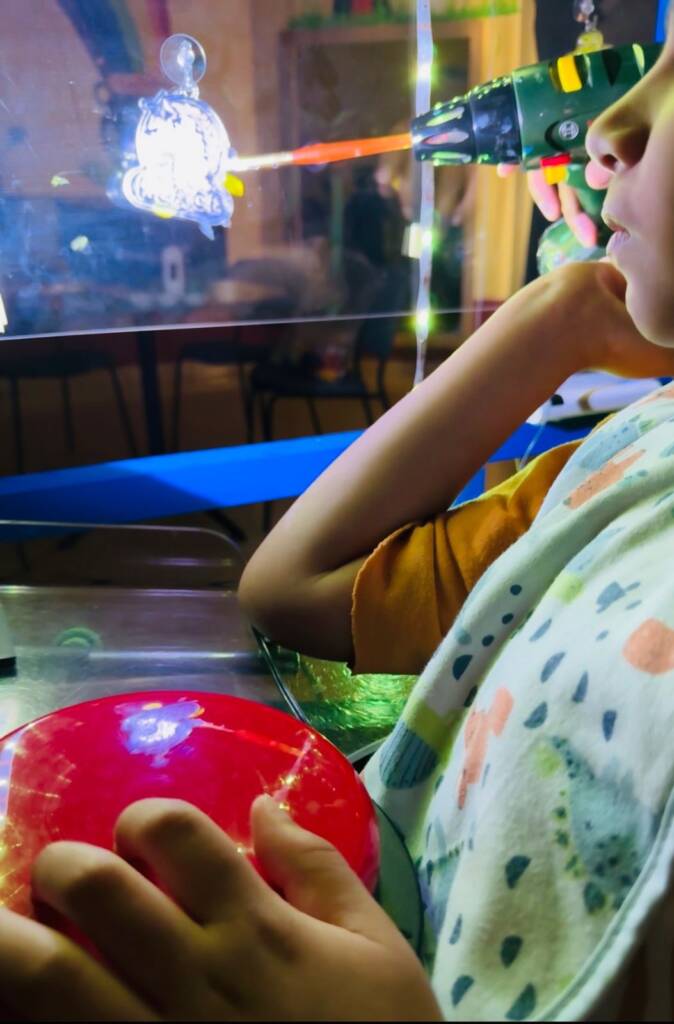Making pizza can be a functional and meaningful way to incorporate literacy skills. In her activity Setting up a Class-Run Pizza Parlor, Perkins Lower School Teacher Cindy O’Connell offers suggestions for using literacy skills, as well as math, social skills, and cognitive concepts. Using pizza-themed lessons will be a big motivator to many students, and provides a fun way to reinforce practical literacy skills for students who are blind or visually impaired, including those with additional disabilities or deafblindness.
This activity provides guidelines for setting up a weekly “ready to cook” pizza service, and the variations are endless! Use your imaginations to adapt it for your students and setting. Incorporate skills in the following areas:
- communication (making choices, working with others, share ideas)
- reading (follow recipe in braille, print, pictures, objects, tactile symbols, auditory input)
- writing (create a shopping list, make a menu, poster or flyer to advertise the business, write an experience story afterwards)
- auditory strategies (listen to others, follow oral directions)
- matching, sequencing (match ingredients or cooking equipment, sequence the steps in the recipe)
To set up your pizza business, you will need:
- Prepackaged pizza crust
- Pizza sauce
- Toppings (mushrooms, peppers, scallions, pepperoni, broccoli, olives, cherry tomatoes, pineapple, etc.)
- Prepackaged shredded cheese
- Pizza boxes (optional)
- Assorted trays, plates, bowls, utensils, Baggies
- Latex gloves
- Moneybox (or money pouch) and money for change
Literacy Ideas
- Create pizza-themed ELA lessons.
- Add pizza-related vocabulary to your monthly vocabulary words.
- Read stories about pizza.
- Create a poem, a rote script, or a catchy jingle to recite for offices, clinical staff and teachers (composition, communication).
- Follow up the activity with experience stories, using personal communication devices, switches and language support strategies as needed (e.g., open-ended sentences or phonemic cueing).
- Braille, type, or print up labels from a list of regular customer’s names to label boxes.
- For fun, create pizza-related Mad-Lib stories to work on generating language.
- Research the history of pizza.
- Learn about where ingredients come from and how they get to the market. Study how cheese is made.
- Make tomato sauce and pizza crust (following directions).
There are endless variations, both in what type of food can be prepared, as well as how to make the pizza. Here are a few ideas:
- Have an ice cream sundae party for fun or to earn money! Students can write posters and menus, follow written directions (using print, braille, pictures, symbols)
- Incorporate the shopping into the activity, so that students can practice composing a shopping list and following the list in print, braille, photos, symbols




